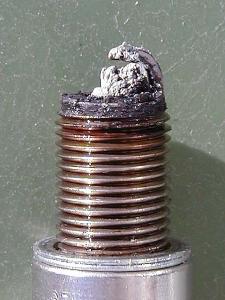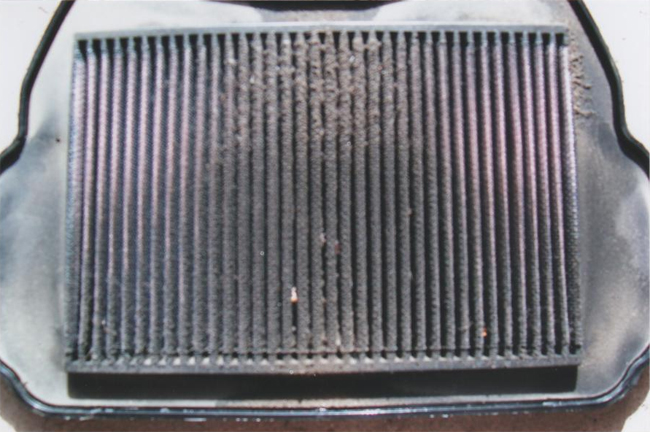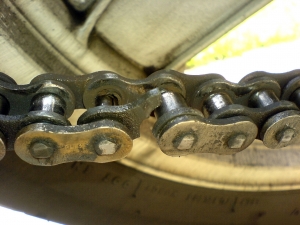What to do when your motorcycle stops running
Posted by Team Motorcycle on May 3rd 2016
| Usually when we set out for a nice motorcycle ride, the last thing on our minds is “will our motorcycle keep running until our destination is reached?”. But let's face it; motorcycles are mechanical, and when you mention mechanics you know there is a chance that things start failing. It's just a question of time; MTBF – Mean Time Between Failure. The MTBF of present day motorcycles has increased tremendously, so we are facing less and less problems when riding, but they have not disappeared. |
| But for sure some problems will arise one day, and usually when you are not expecting them. Here are a few tips to troubleshoot your bike. |
| 1. Hazard Warning |
| When riding, particularly on a highway or fast moving and dense traffic, and your bike starts acting up, immediately put on your hazard warnings and head for the emergency lane, or for an area that is safe from traffic. Place your bike as far away from the traffic as you can, preferable on the grass than on the asphalt if you can. Drivers in vehicles may see you, but in their tired minds, they see you as traffic and may just plow into you. The further away from the actual road, the safer you are. |
| 2. Fuel |
| This may sound trivial, but is there enough fuel in your tank? I've seen many riders looking confused at their motorcycle when it stopped unexpectedly to find out that they had run out of gas. |
| a. Heat and Air |
| Sometimes the hot engine builds up heat in the fuel tank, and air gets into the fuel lines. If you engine stops running suddenly, and you have been on the road for a long while, just let your engine cool down. Start it up after 10-30 minutes. |
| But do read the following tips while you wait for the engine to cool down. |
| b. Fuel Selector |
| If you bike has a fuel selector, make sure that 1) it's on full fuel and if it is, then select 2) reserve. It's basic, but often forgotten. |
| c. Real Fuel Level |
| Open the fuel tank cap and see if you can see 1) the fuel level and 2) if there are deposits on the fuel. You will need a flashlight for this (I don't think I need to tell you this, but I will in any case – DO NOT USE MATCHES OR A LIGHTER). The fuel level could be way down while your fuel indicator is showing full. This does happen, since the fuel indicator can be broken. A visual inspection of the fuel level will clarify this. |
| d. Fuel Deposits |
| There can be water in the fuel. It can be because of condensation, leakage in the fuel tank and contaminated fuel (if your engine stopped running after you just tanked, then it's probably the cause). It's not just water, but it could be diesel coming from the petrol station if the station did not change their own refill hoses (it has happened to me). |
| If your bike is the older kind, i.e., carburetor, then rock your bike sideways, making sure the fuel swooshes from side to side. |
| If the fuel is contaminated, you're out of luck. You will need to drain the tank and fuel pipes, hoping that your fuel was not contaminated with diesel (diesel is very nasty to get out of the fuel lines). |
| To find out if your fuel is contaminated drip some fuel on your hand and hold your hand into the wind and let the fuel evaporate. If there are spots left on your hand, your fuel is contaminated. If you don't want to get your hand smelly, use a clear container (like a bottle), let the fuel settle and see if something floats on top of the fuel. |
| 3. Oil |
| Another reason your motorcycle has stopped running is because of lack of oil. If while you were riding you noticed unusual noises coming from your engine, and your engine temperature is running hot, then chances are your oil level is down. |
| STOP Immediately! Wait 10-15 minutes for the engine to cool down, and then check your oil level. If it's low, fill it up with oil. Do not ride until a gas station if it's low or gone, since your engine will suffer greatly |
| 4. Electrical |
| Another common reason with motorcycles that stop running is electrical. |
| a. Fuses |
| And the most common of electrical problems is simple: a fuse that has blown. Getting to the fuse box might prove more difficult than expected, since most manufacturers don't make it easy and simple to get there. |
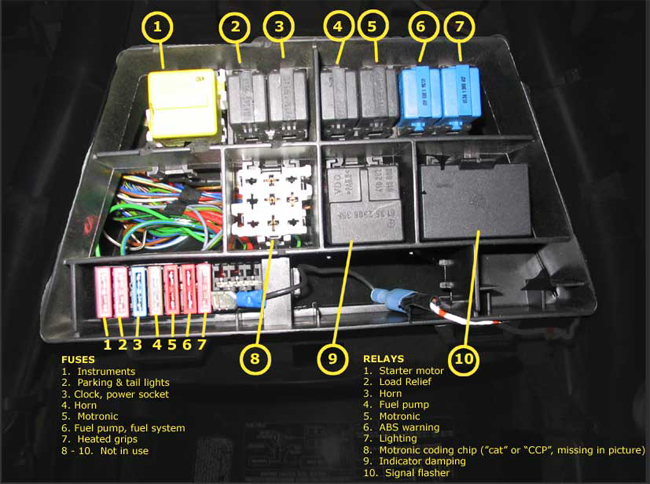
| Once there, check for fire (probably not a big one, but one that has melted away wires) and check to see if a fuse has blown. Black spots on the fuse bow are a pretty good indicator. It does happen, but not that much nowadays. If a fuse has blown, I bet you that you don't have a spare. |
| If you don't have a spare, check the amp rating of the dead fuse and see if you can use one from another part of the bike (like indicators, heated handlebar grips, heated saddles, even radiator fan etc). |
| b. Battery |
| If you can start the bike after it has died, your battery should be okay. But if you can't start, you might have a problem with either the battery or the alternator. If you hear clicking noise when pressing the starter, your starter engine has a problem or the battery is flat. |
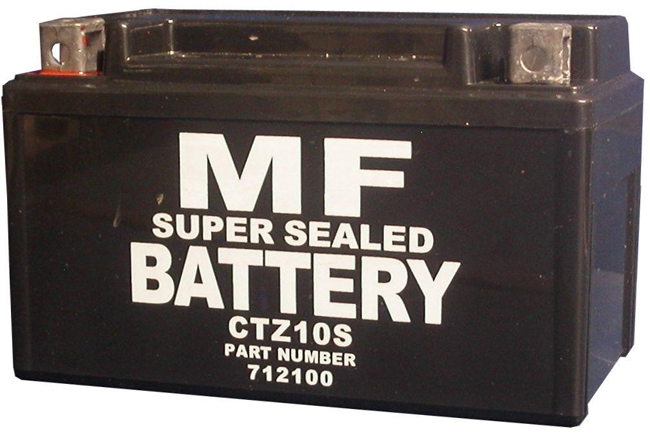
| Check the battery fluid levels and connections (unless you have a maintenance-free battery). Often the connectors might have shaken loose and you have lost electricity. | |
| If the bike is no longer charging your bike's battery, it could mean your alternator has failed. This little device pushes electricity to the engine and to the battery. If it failed, it means you will have been running on the battery until there was no more juice left. | |
| If the battery has ran flat because of bad connections or a bad battery, you should be able to jump start it from another motorcycle, but you will need jump start cables, not something we all ride with. Push starting is fine if you have a bike with low compression and not too heavy, if not run out down a hill and start it in 2nd gear. | |
|
c. Spark Plugs
Another common failure lies with your motorcycle's spark plugs. You will need a special spark plug removal tool (usually supplied with your bike's tool kit) to remove the spark plugs. Check to see if the contact points are clean and that there are no deposits on then. If there is, clean it. |
| To see if the spark plug is working properly, connect the spark plug to the lead but do not put it back into the engine. Place the metal of the spark plug ring onto a metal part of the engine. | |
| DO NOT HOLD THE SPARK PLUG IN YOUR HANDS, unless you enjoy being electrocuted. Start the engine and see if there are sparks coming out of the spark plug. If you don't see sparks, you'll need to replace the plugs. | |
| 5. Air Filter | |
| Bikes use air filters to make sure only clean air goes into the engine. Open your bike to get to the air filter and see if there is a lot of dust, dirt or grime. If there is, it could mean that the filter is clogged, preventing air from going into the engine. | |
|
|
|
| Clean the filter (water should do) and let it dry. | |
| 6. Chain | |
|
If your bike has a chain drive, and the engine is running but you are not moving, guess what? Your chain might have broken. A quick visual inspection will tell you if your chain is okay or not. |
| 7. Cables | |
| Check to see if all your cables are still working (throttle and clutch). Cables do get a lot of tension and wear & tear, so a cable may have snapped. | |
| If everything else fails, read the manual! Seriously, I'm not kidding. The manual will have a troubleshooting portion which will let you know where to look for common issues. | |


